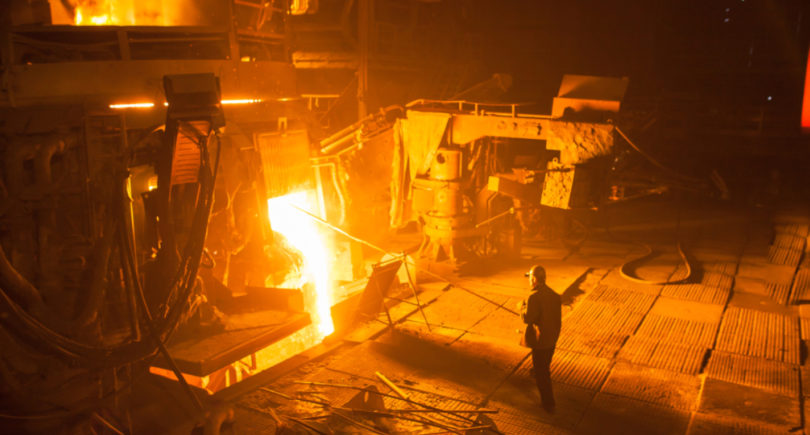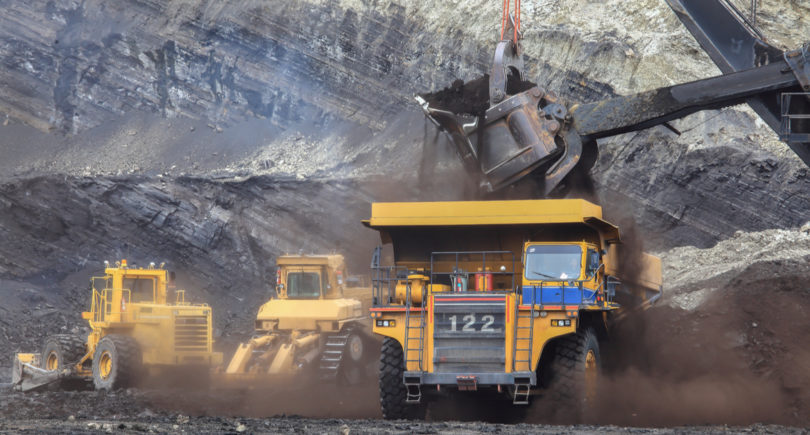
News Global Market CBAM 528 09 October 2023
Market participants are concerned about the unpredictability of carbon costs
Market participants began to discuss how CBAM will work and the risks that importers will face when implementing it. Fastmarkets reports about it. These issues were discussed at the regional meeting of the steel distributors association Eurometal Nordics.
During the transition phase, importers must submit declarations for the fourth quarter of 2023 by January 31, 2024. This document must specifically include the volume of each type of product imported in the previous calendar year, total embedded emissions, total number of CBAM certificates, and copies of inspection reports issued by accredited bodies.
CBAM certificates must be provided by buyers of imported steel by May 31, 2024, and their quantity must correspond to the level of declared emissions. The price of the certificates will be calculated weekly by the European Commission (EC) based on the average price of carbon credits in the EU ETS.
Steel market participants have raised concerns about the unpredictability of carbon costs and the lack of clarity on how many certificates each importer will need.
In addition, importers of steel products point out the inability to verify the accuracy of CO2 emissions information provided by sellers. PwC Manager Daniel Marios believes that the quality of the information reported to CBAM during the first three to five reporting periods will be poor and may not be a true match to actual emissions.
During the CBAM transition phase, the EC will likely ignore some of the inaccuracies and apply simplification. However, once the final implementation of the mechanism begins, European buyers will have two options. One of them involves checking the information in each CBAM declaration with the help of verifiers, for which new organizations need to be created, or the registration of steelmaking capacities of manufacturers outside the EU in the CBAM body, which will be created at the EC level.
A second option may involve using standard emissions values if the supplier is unable to provide appropriate information. These values are likely to be unclear, which poses a big risk for EU buyers. In addition, they may be measured at much higher levels than actual values in specific countries. This means that the buyer will have to purchase more certificates.
From 2025, the EC is expected to introduce a relatively unified process for obtaining information on carbon emissions from suppliers or regulate these emissions using default values.
In addition, market participants have become concerned about the risk of outsourcing high value-added products outside the over-regulated European market.
As GMK Center reportd earlier, the European Steel Association (EUROFER) consider, that the effectiveness of CBAM still needs to be confirmed, and the initial stage will be critical to assess the reliability of the mechanism.



